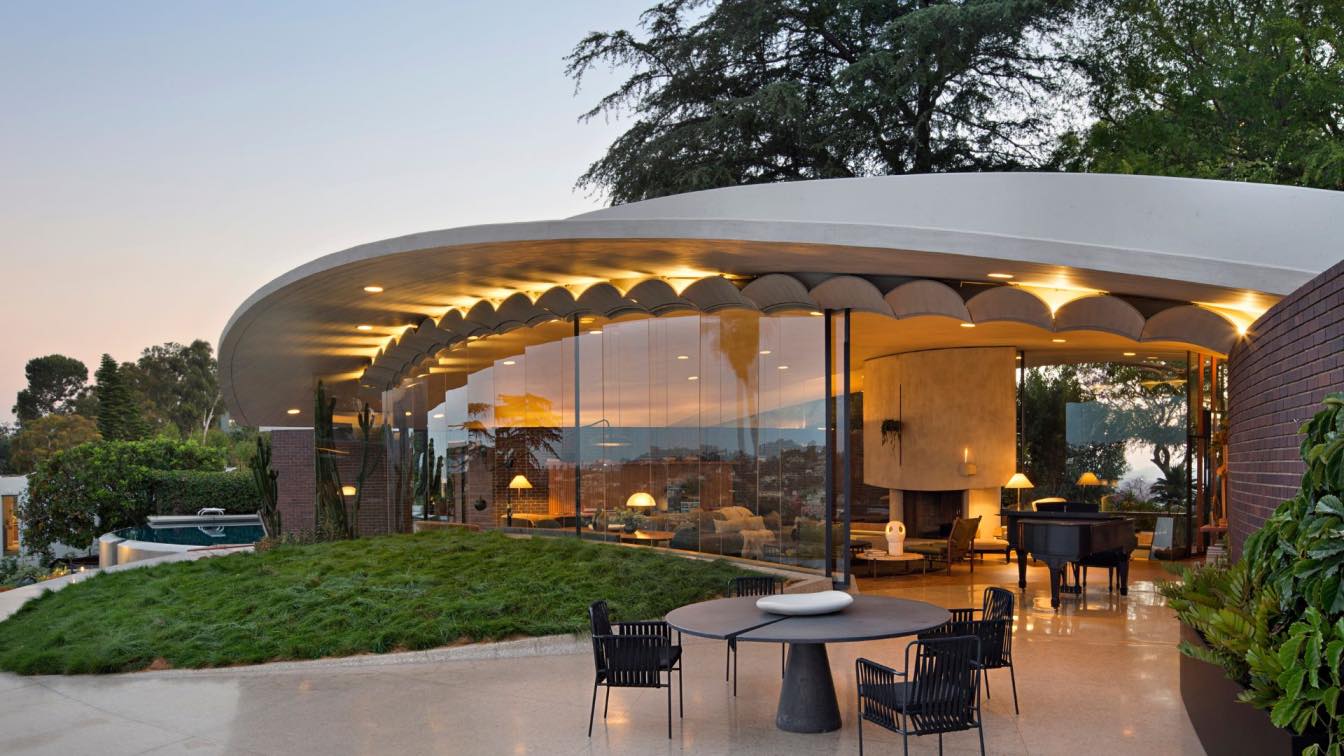The project “Keeping flowers alive. Acoustic ikebana“ by renowned Polish artist Katarzyna Krakowiak-Bałka, presented in the ‘Tengoku’ (”Heaven") stone garden belonging to the Sogetsu Foundation, delighted with the synergy of artistic forms and its multifaceted message. The exhibition is on display in Tokyo until November 20 this year.
The project “Keeping flowers alive. Acoustic ikebana” was inaugurated on November 8 this year. With a 3-day series of concerts and performances, the exhibition taking place in Tokyo's iconic Sogetsu Plaza will run until November 20 this year. The project is the result of cooperation between Katarzyna Krakowiak-Bałka and the Adam Mickiewicz Institute and Zachęta - National Gallery of Art in Warsaw, with the support of the Polish Institute in Tokyo.
Sogetsu school - a source of inspiration
The starting point for the installation by Katarzyna Krakowiak-Balka was the nearly century-old tradition of the Sogetsu school of ikebana, which at the beginning of the 20th century challenged the then-current art of arranging floral compositions, recognizing the superiority of unfettered artistic expression. Combining multiple forms into a meaningful whole, the artist transformed the traditional Japanese stone garden into a completely new space. A space where sounds, architectural elements, vegetation and design in the form of handmade pleated fabric spoke. The Polish artist's concept corresponded perfectly with the message of the Sogetsu masters, claiming that the essence of ikebana lies not so much in the flowers, but precisely in the emptiness between them.

A void in which bloomed.... sounds
Using modern acoustic technologies, the work by Katarzyna Krakowiak-Balka made the space of the “Tengoku” garden filled with pulsating life. Life that took the form of sounds and images. In fact, the sounds emitted from the speakers were an artistic vision of the shape of plants and the sounds of nature. At the same time, the artist used contact microphones and self-activating speakers to amplify the subtle, usually inaudible sounds of flowers. This created an electro-acoustic composition, further shaped through an artisan-made pleated fabric that resonated with the acoustics of the environment. The result was a dynamic, tense place where sound is adjacent to silence and form to emptiness. A place that arouses emotions, ponders, and at the same time draws the viewer into its magical world, where sound and form form form a unity. The multiplicity of artistic messages that made up the installation caused the boundaries between the artwork and its viewer to blur unnoticed.
At the heart of the installation “Keeping flowers alive. Acoustic ikebana” is a red lily - Lycoris radiata - in Japanese culture a flower with multiple meanings. Its toxic properties, juxtaposed with its phenomenal appearance, built a metaphor for how fragile the balance between pure beauty and the hidden danger in it. Focusing on the properties of poisonous plants and their acoustic resonance made it possible to show this duality of nature. Thus, Katarzyna Krakowiak-Balka's acoustic ikebana not only reflected the invisible energy and rhythm of nature, but also conveyed knowledge about the complex dynamics of life and the mechanisms for nature's survival. Through its multifaceted nature and the possibility of multiple interpretations, the installation forced reflection on the delicate and easily shattered balance between human actions and nature's autonomy.
The project “Keeping flowers alive. Acoustic ikebana” proves that the exploration of areas at the intersection of modern technology and the natural world allows the creation of new values built on emotions, but also questions. Questions that not only bother modern man, but also make it easier for him to find his way in a world full of challenges and threats. A world that would like to rediscover the lost bond between people and nature.

Katarzyna Krakowiak-Bałka
Artist who creates sculptures, performances, spatial objects and sound installations. She received her PhD from the Academy of Fine Arts in Warsaw and her habilitation from the Academy of Fine Arts in Gdansk. Her works allow viewers/listeners to become an integral part of the artwork and interact with architecture through sound. She builds large-scale installations based on existing structures.
Katarzyna Krakowiak-Bałka has been honored with numerous awards from St. John's College at Oxford University, the Ministry of Science and Higher Education and the Ministry of Culture and National Heritage in Poland, as well as the American Trust for Mutual Education Foundation, among others. In 2012, she received a special award for her exhibition “Making the Walls Quake as if They Were Dilated with the Secret Knowledge of Great Power” (curated by Michal Libera) in the Polish Pavilion at the 13th Venice Architecture Biennale. In 2020, she created the work “It Begins with One Word. Choose Your Own” in Barcelona in a pavilion designed by Ludwig Mies van der Rohe. In 2023, a concert was held as part of the “Where does any Miracle start?” project at Jeu de Paume, which included a sound installation and online function, manifesting the artist's interest in the acoustics of architecture at its intersection with living organisms. From 2019 to 2022, she led the Sound Space Studio at the Academy of Fine Arts in Warsaw, and since 2022 she has co-led the Interdepartmental Action Studio, which she runs together with Prof. Miroslaw Balka. He lives and works in Otwock and Oliva, Spain. She also identifies herself as a gardener, tuning in and learning from the soil and plants every day.

Organizer of the project: Adam Mickiewicz Institute
Cooperation: Kiri Teshigahara, artistic director of Sogetsu Foundation
Partners: Zachęta National Gallery of Art, EIDOTECH Poland, Plissé Lognon, workshop of Maison Lemarié, SORA BOTANICAL GARDEN Project, Timmpi
Curators: Paweł Pachciarek, Miki Kaneda
Singers: Isabelle Duthoit, Michal Slawecki, Asthma
Performers: Hikaru Kawasaki, KAi MiWA
Costume design: Anna Zeman, Tomasz Armada
Acoustic supervision: Albert Karch
Technological cooperation: archAKUSTIK, Professor Andrzej Klosak
Visual identity: Renata Motyka
Photos: Bartek Barczyk
PR supervision: Olga Kisiel- Konopka











